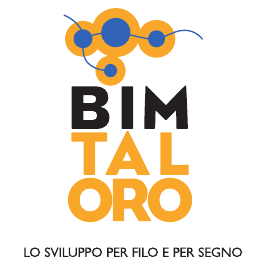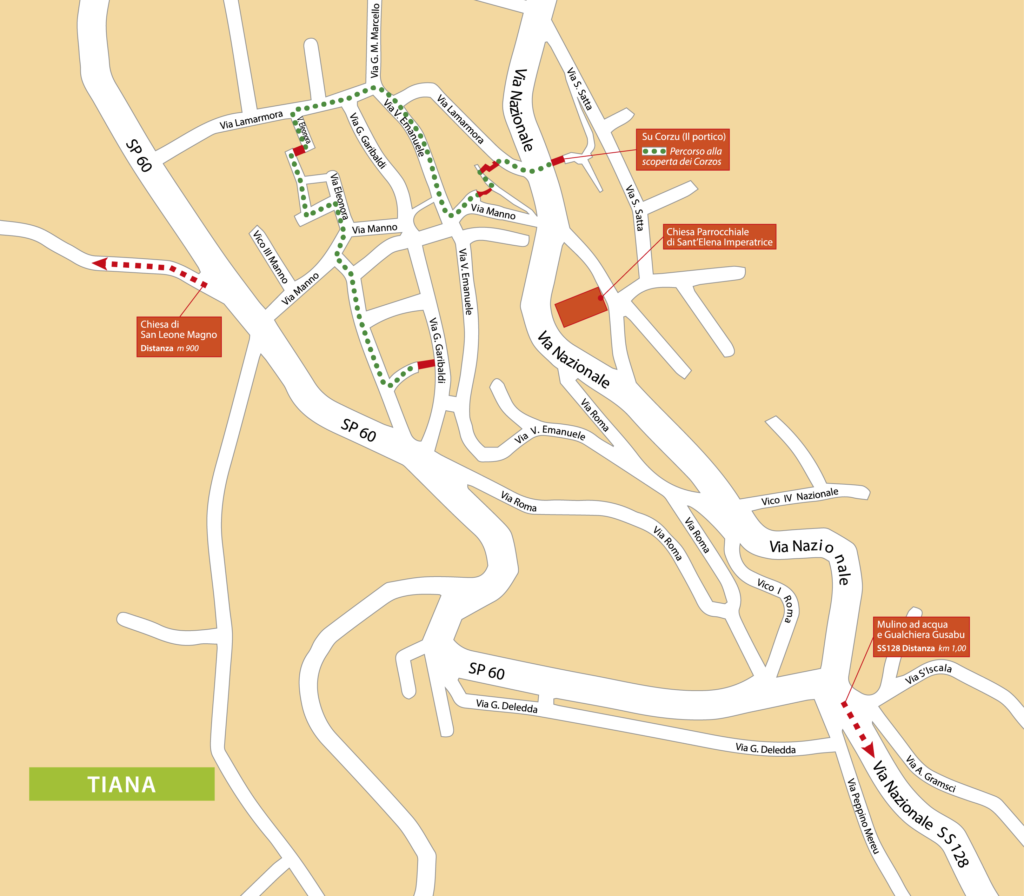Gusabu Mill
In the village, there are two mills still in operation out of the four that were active at the end of World War II, already greatly reduced in number by comparison to the dozens that operated in the valley in the more distant past.
They were located along the river in the localities known as Torrei, Gusabu, Molinu and Tolosa.
In 1953, with the arrival of electric light in the village, they all came to a halt because one of the milling families, who owned the Gusabu mill, installed a new, electric-powered machine that, on its own, ground more grain than all four water-powered mills together. This led to the abandonment of this milling method and the subsequent closure and disrepair of traditional mills, which rapidly deteriorated.
The Gusabu plant, near the fulling mill, was acquired by the municipality in recent times and has been renovated and put back into service for demonstration and educational purposes. Following its acquisition by local institutions, it is currently managed by a cooperative that takes care of its opening and maintenance.
There is another mill in the same area, a little further down the valley. Thanks to the will and care of one of the heirs, it has been renovated and is now in operation once again, if only for family use.
Milling was, of course, of vital importance for the processing of wheat and barley to make flour, but also of other grains, such as broad beans or oats, from which fodder was obtained for the working animals such as oxen, horses and donkeys.
The mill was powered by water, which, once channelled, pushed the wooden wheel with paddles located on the side or bottom of the building, setting in motion the mill wheel attached to it. The stone wheel is set on top of another fixed one; from the funnel-shaped hopper above, the grains of wheat slowly fall and, through a central hole, enter the space between the two stones. The continuous rubbing of the upper, mobile stone on the lower one smashes and crushes the grains, pulverising them into flour. As it accumulates, this overflows and falls into a circular wooden container from which the miller collects it and places it in white cloth bags.
Numerous visitors, including several school groups, come to see the fulling mill and the flour mill to find out how they work and learn about the importance of these facilities to the local economy.
Text by Laura Melis
 BIM TALORO
BIM TALORO 